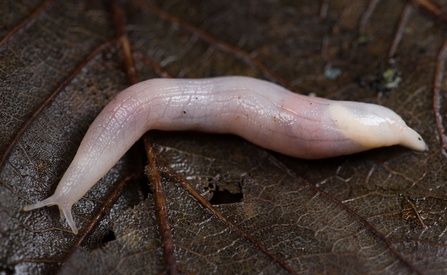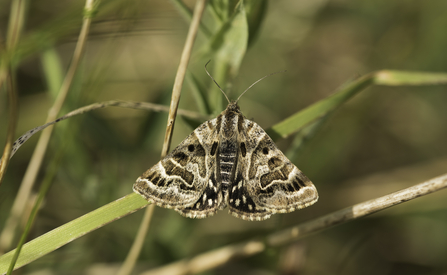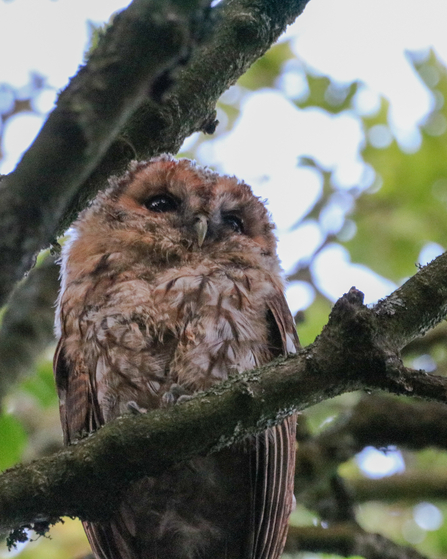Ghosts
There are several ghosts haunting the UK’s wild places, from the scarily elusive ghost orchid to the ghost moth, named for the hovering display flight of the spectral white males. One of the most recently discovered is the ghost slug.
This predatory slug lives up to its name with a white or incredibly pale grey body. It also has some spooky habits, such as hunting earthworms through the soil at night. The ghost slug was only formally described and named in 2008, from specimens found in Wales. Its scientific name, Selenochlamys ysbryda¸references ysbryd, the Welsh word for ghost.
South Wales is its main haunt in the UK, though there have been sightings in a few other spots in England and Wales. However, it’s not thought to be a native to these shores and has also now been found in mountain forests in the Crimea.




